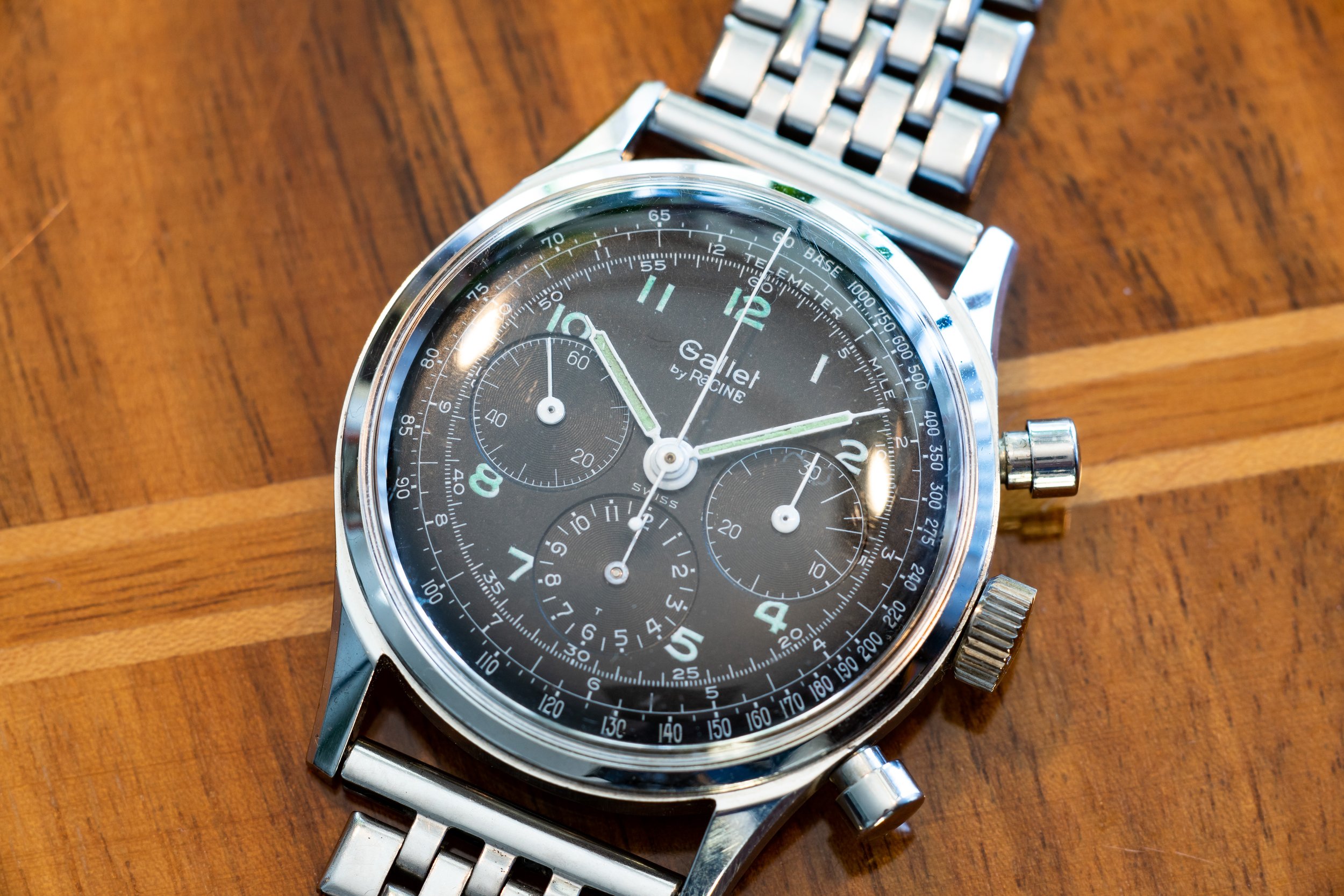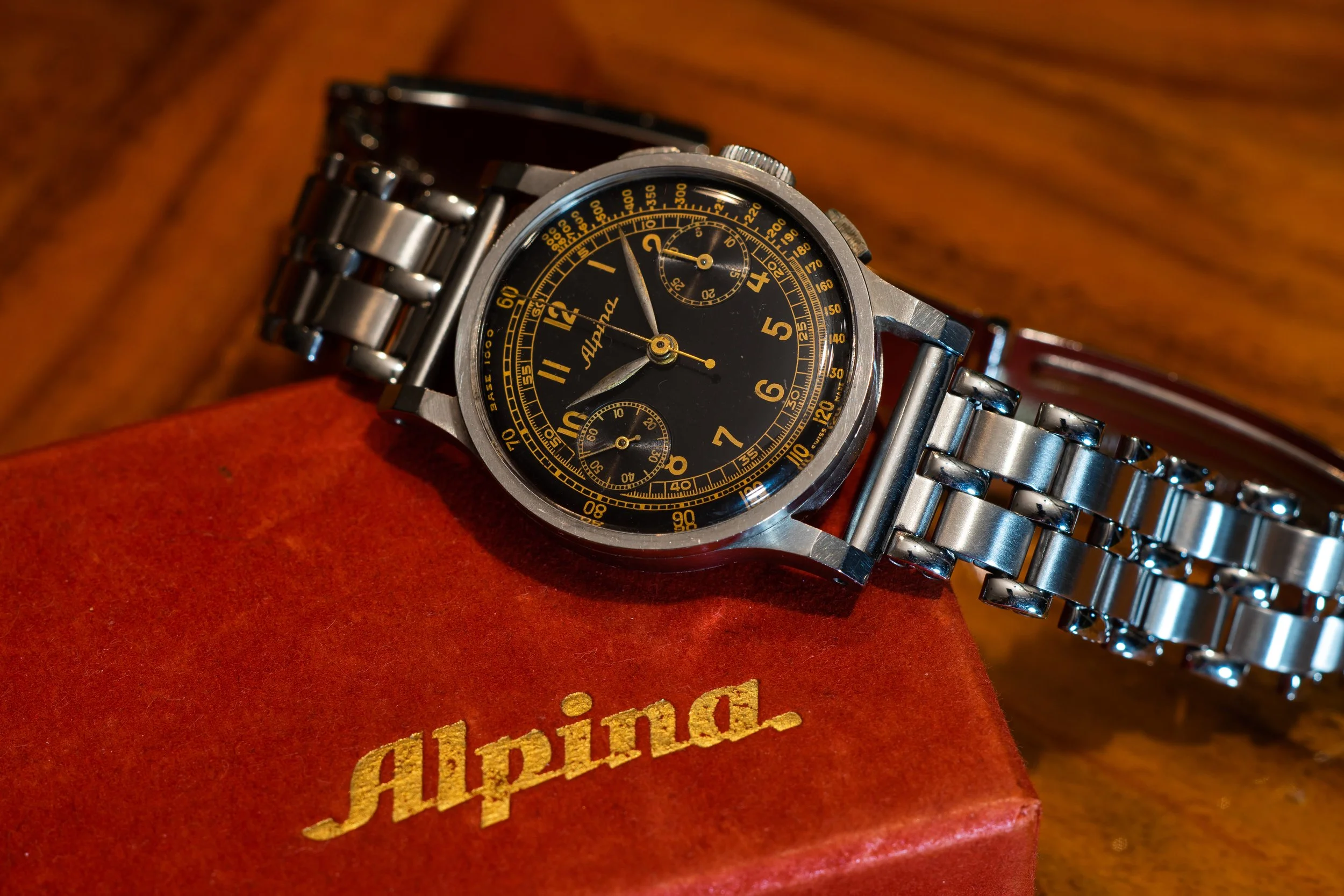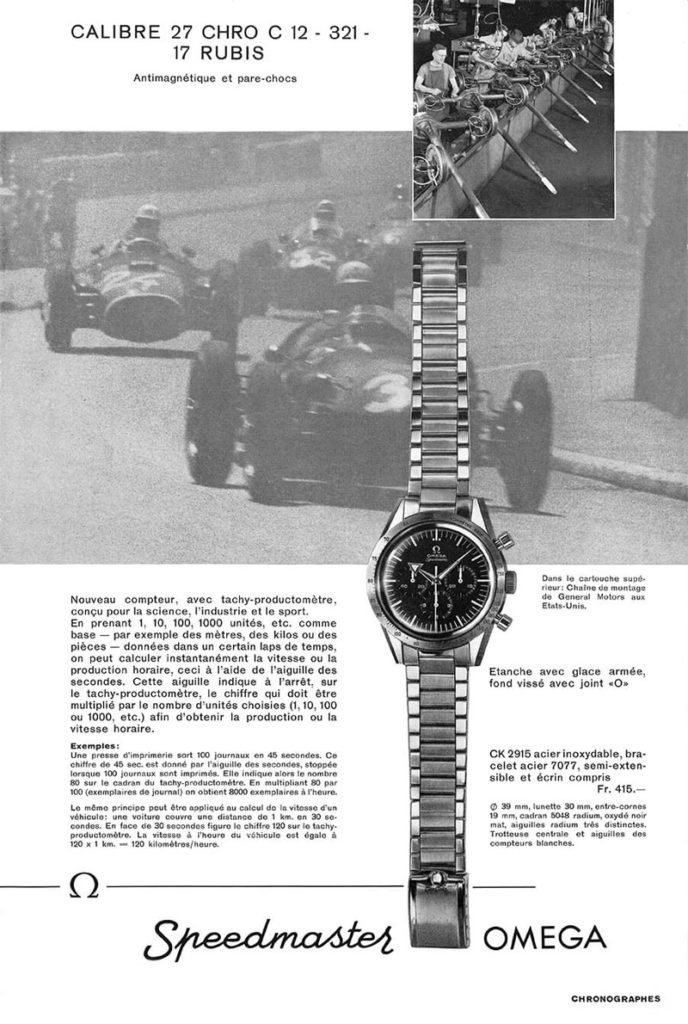Vintage Racing Watches: A race against time!
Collecting vintage timepieces isn’t merely about the watch itself. It’s a small object that reminds you of a moment in time, an emotion, the feeling of that roaring V12 behind your back, going full send through Eau Rouge.
This is a nostalgia trip on watches being used at the track through the 1930’s until the 1970’s.
The definition of a Vintage Racing Watch
So what do we consider a vintage racing watch? I would consider every watch from the highest grade professional tool, build for drivers to consumer car orientated time pieces. Two worlds that got closer throughout the decades.
Left to right: 1930’s Dunlop tire watch by Marvin, 1930’s Silvana chronoghraph, 1968 Omega Grand Sport, 1970 Omega Speedmaster, 1975 Rodania 1611
Gallet Multichron 12 with a Tachymeter scale at the edge of the dial reading BASE 1000-750-600-500 etc. Telling the speed measured over distance and time.
The Chronograph
One of the main complications seen will be the chronograph with tachymeter scale. A chronograph is a specific type of watch which features a chronograph function on top of a normal time only wrist watch. The big center hand can be started, stopped and reset with the push buttons on the side.
The tachymeter scale seen on the edge of many chronographs tells the speed (distance over hours) based on travel time (seconds over distance), or measure distance based on speed.
Racing in the early days - 1930’s to late 1950’s
Vintage racing really took of in the days that wristwatches became the concept of what they are today. They became sturdier with shockproof mechanics, waterproof with innovative case designs and really the not much different from a modern mechanical watch of today.
In terms of quality and rarity these are the most artisan wrist watches ever build for tool purposes. Low in production numbers, extremely expensive at the time and only bought by the ones that really needed it.
1936 Alpina Chronograph with Tachymeter scale
1938 Auto Union being prepared for the race
With WWII starting in 1939 we see an increase in demand for chronographs for military purposes. The adaptation of easy to read radium dials, sturdier cases and more brands selling chronograph watches.
The war and it’s aftermath put a big halt to many racing related activities. The latter started to resume in the 1950’s where for example the Formula 1 started to take shape and motor sports took a big leap in the professionalization of racing.
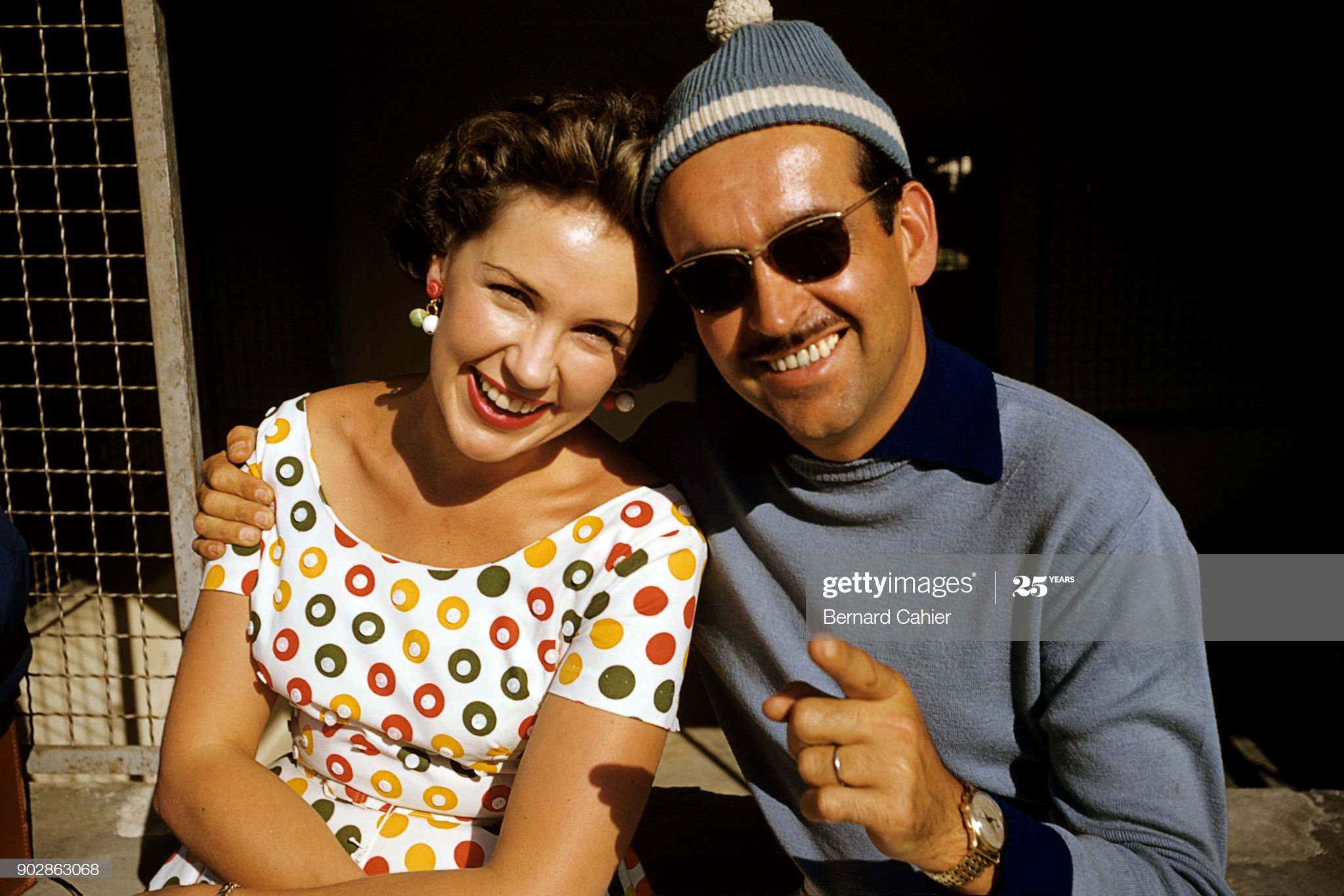
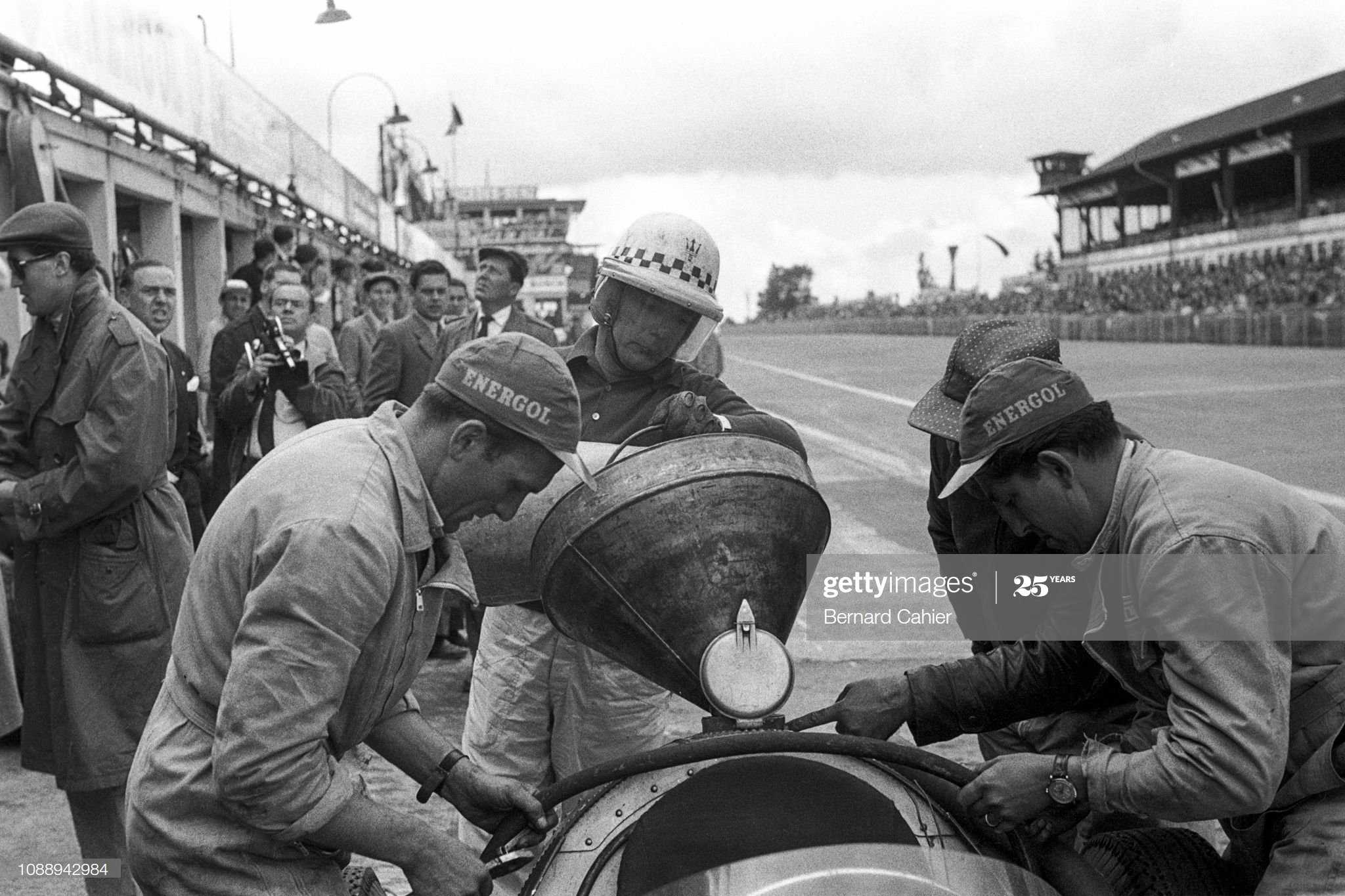
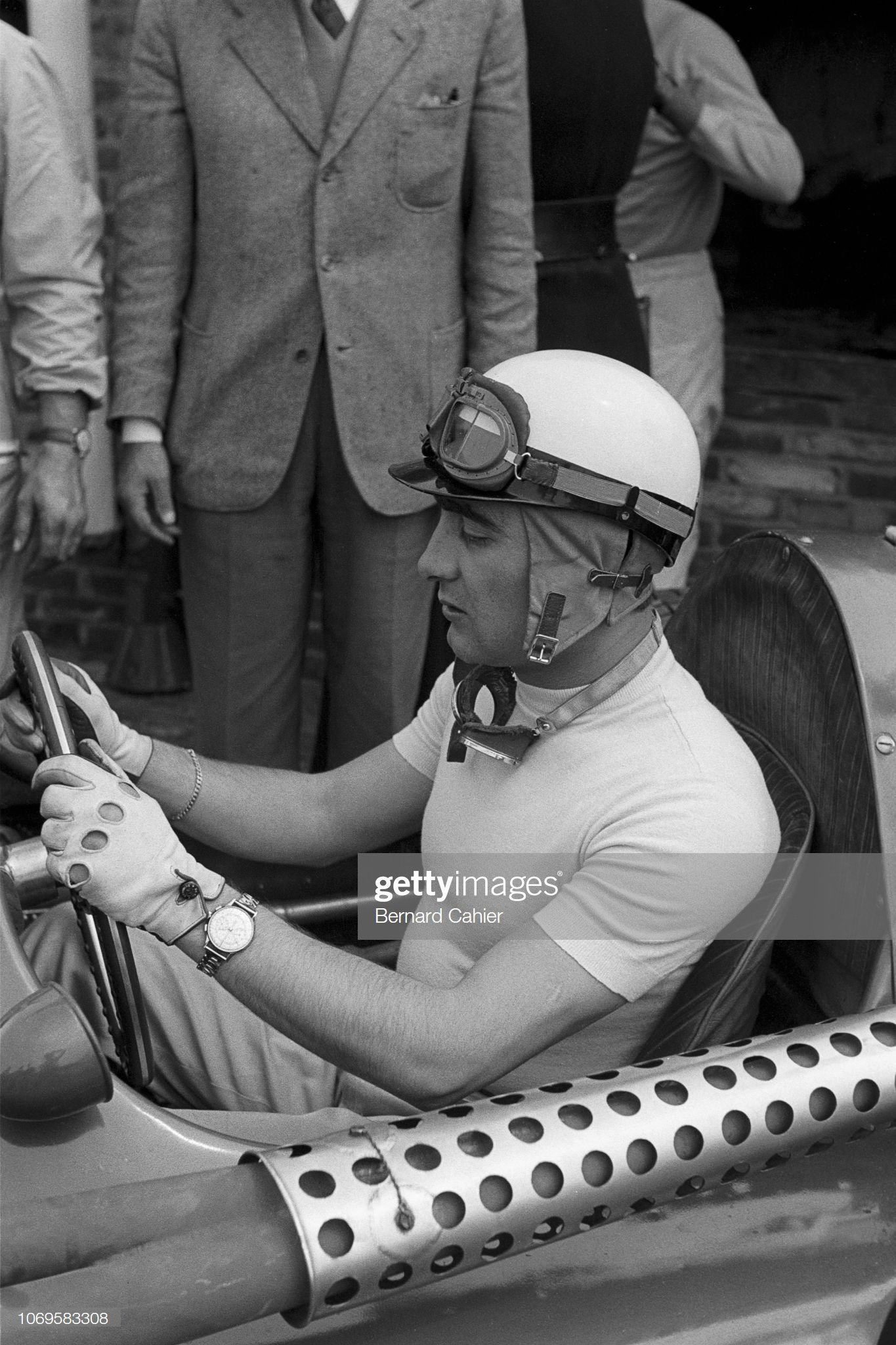
The first real racing orientated chronograph: The Omega Speedmaster - 1957
Racing grew in popularity and newspapers started to print big headlines with names like Juan Manuel Fangio, Stirling Moss, Jack Brabham etc.
This also introduced more marketing in the watch world. With specific driver focused marketing Omega made a watch that world change the world. The Omega Speedmaster.
A watch dedicated to those who needed to time at the utmost precision.
The benchmark of telling time in the 1960’s
With the Speedmaster setting the new benchmark, other brands started to follow in the early 60’s. Sturdy quality chronographs with dedicated model names. The Rolex Daytona, Heuer Autavia and Carrera, Breitling Navitimer etc.
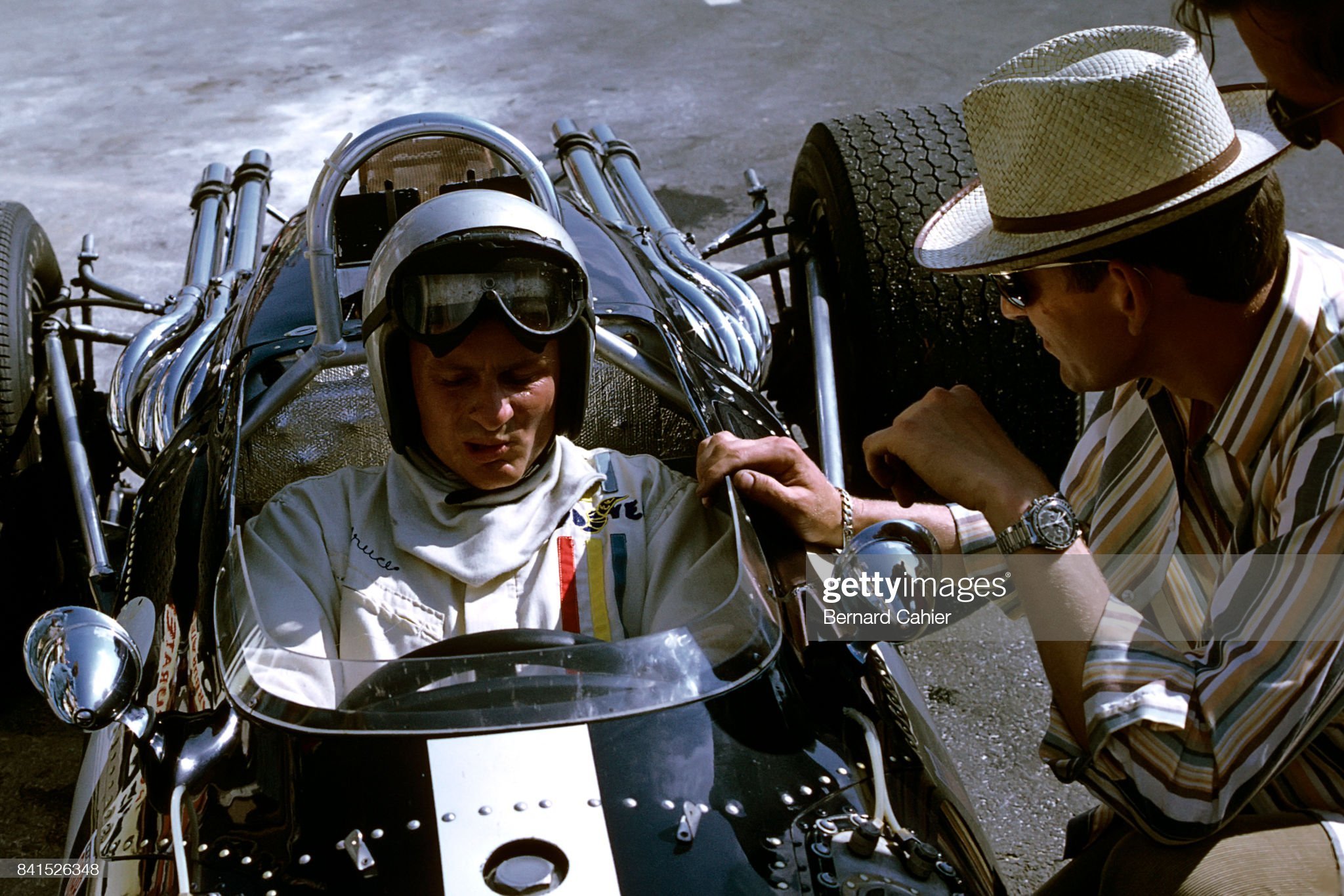
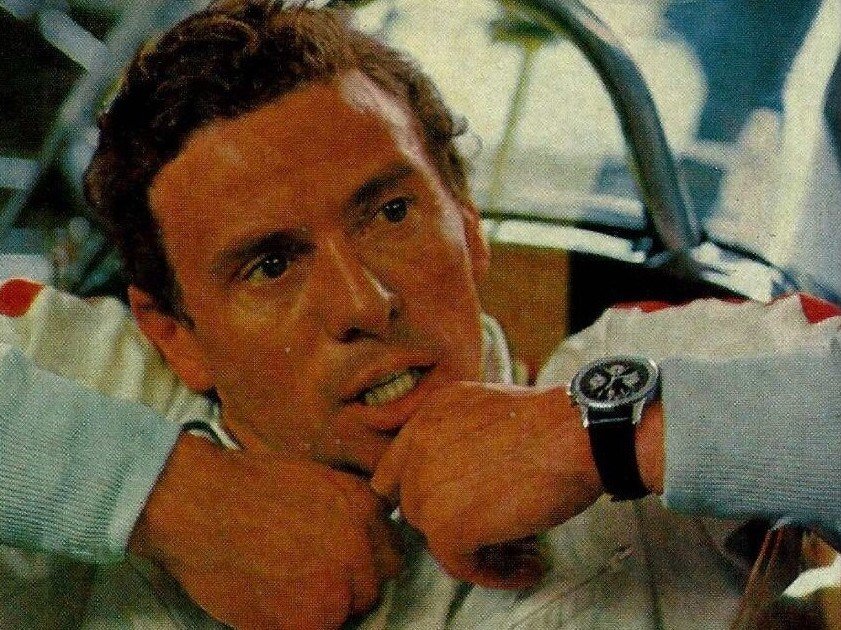
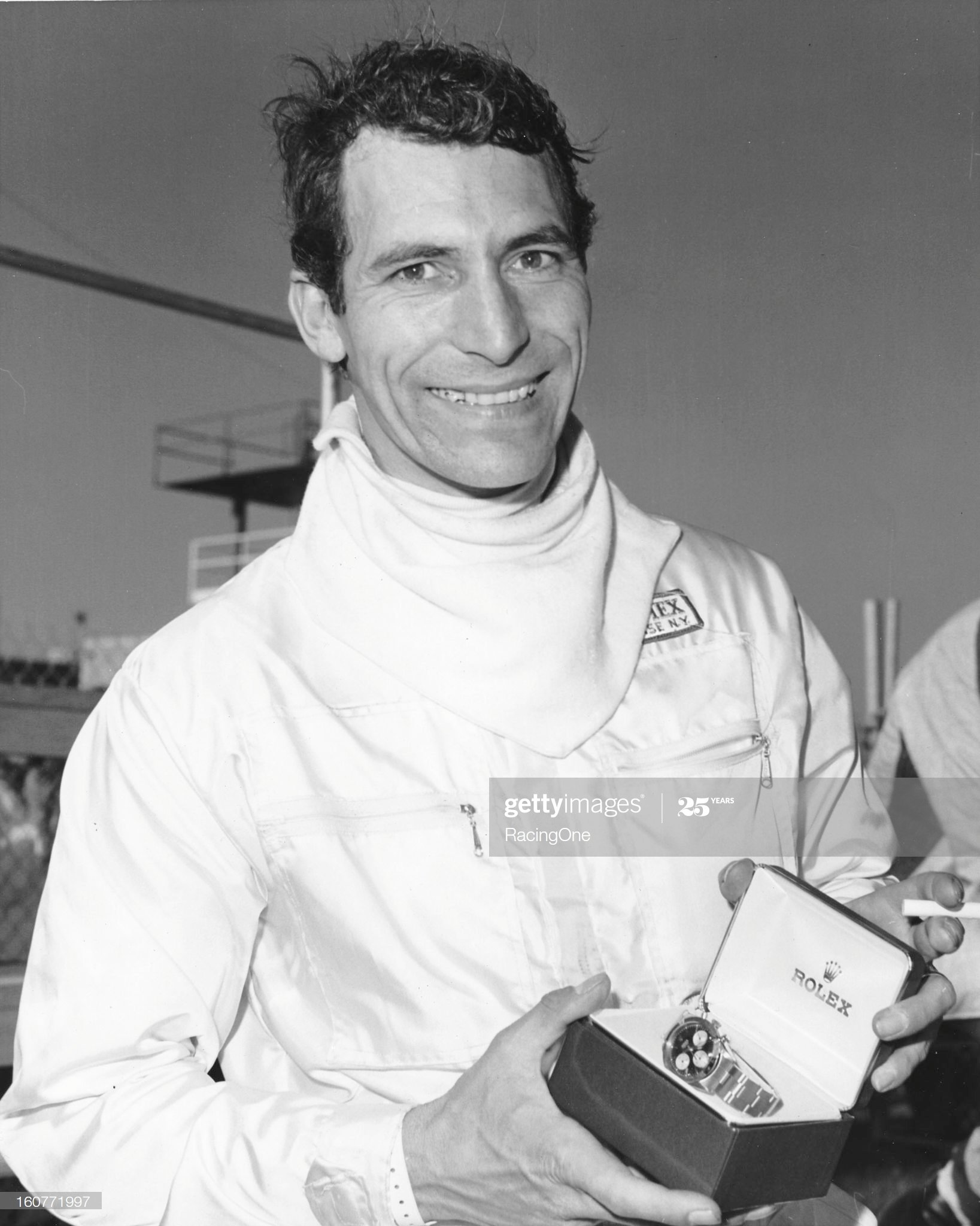
Racing in the 1960’s also really took shape. Mid engine placement and aerodynamics in F1 and more junior racing series.
This trickled down in the watch world with an increasingly bigger demand in chronographs. This forced watch manufacturers to produce more at a affordable price point. Introducing the funky 70’s.
The funky 1970’s
A big shift in racing orientated watches started two years before the 1970’s. A bigger focus on consumers, eclectic colors and new case designs.
Omega introducing consumer grade racing watches like the Omega Chronostop and the Speedmaster got the more economic caliber 861. Seiko entered the chronograph market with the “first” automatic chronograph. And more brands started to appear with generic movements.
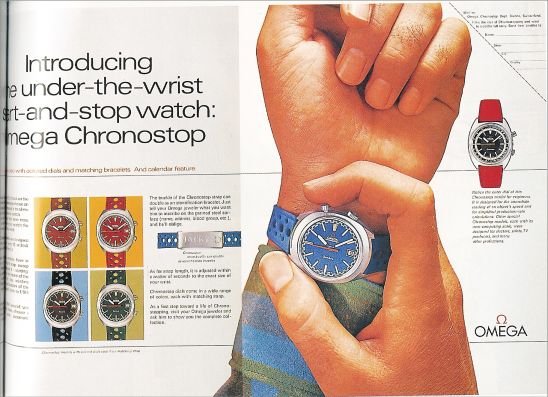
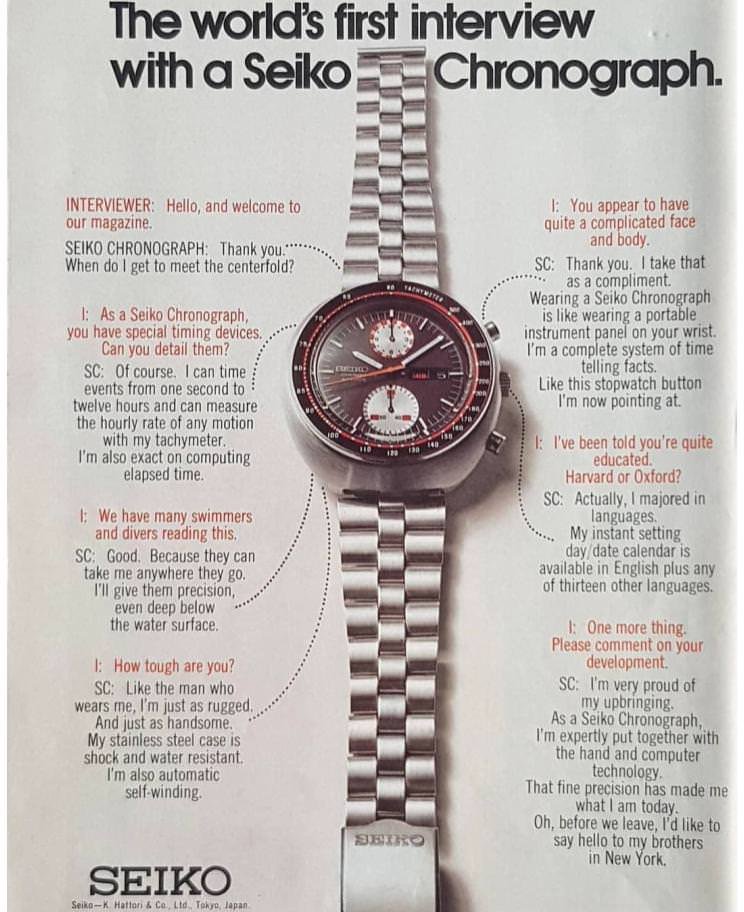
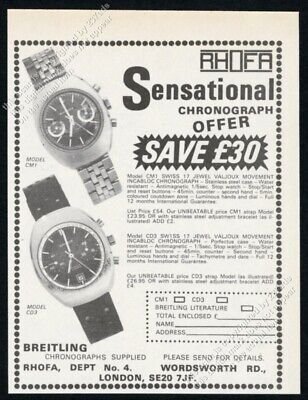
That other brand: Heuer
Yet one brand emerged from the new wave of racing watches. Probably the most known brand in racing history; Heuer.
A brand that thrived in this new world of consumer graded watch. Big bulky watches with innovative designs, cool model names and the best pre-internet influencer marketing.
Worn by names like Nikki Lauda, Jo Siffert, Mario Andretti and even a lead role as the main watch in the 1971 movie, Le Mans movie starring Steve McQueen.
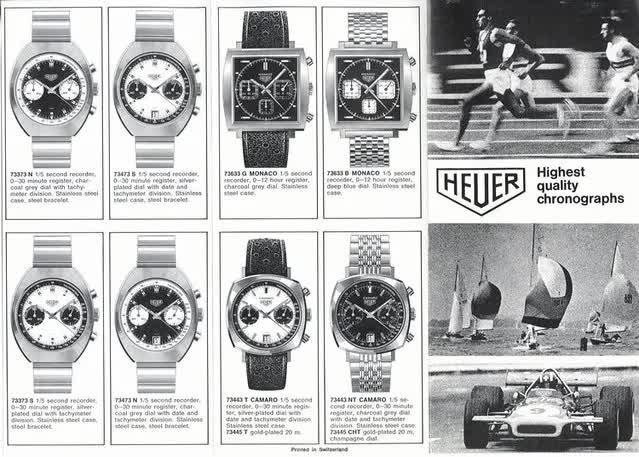
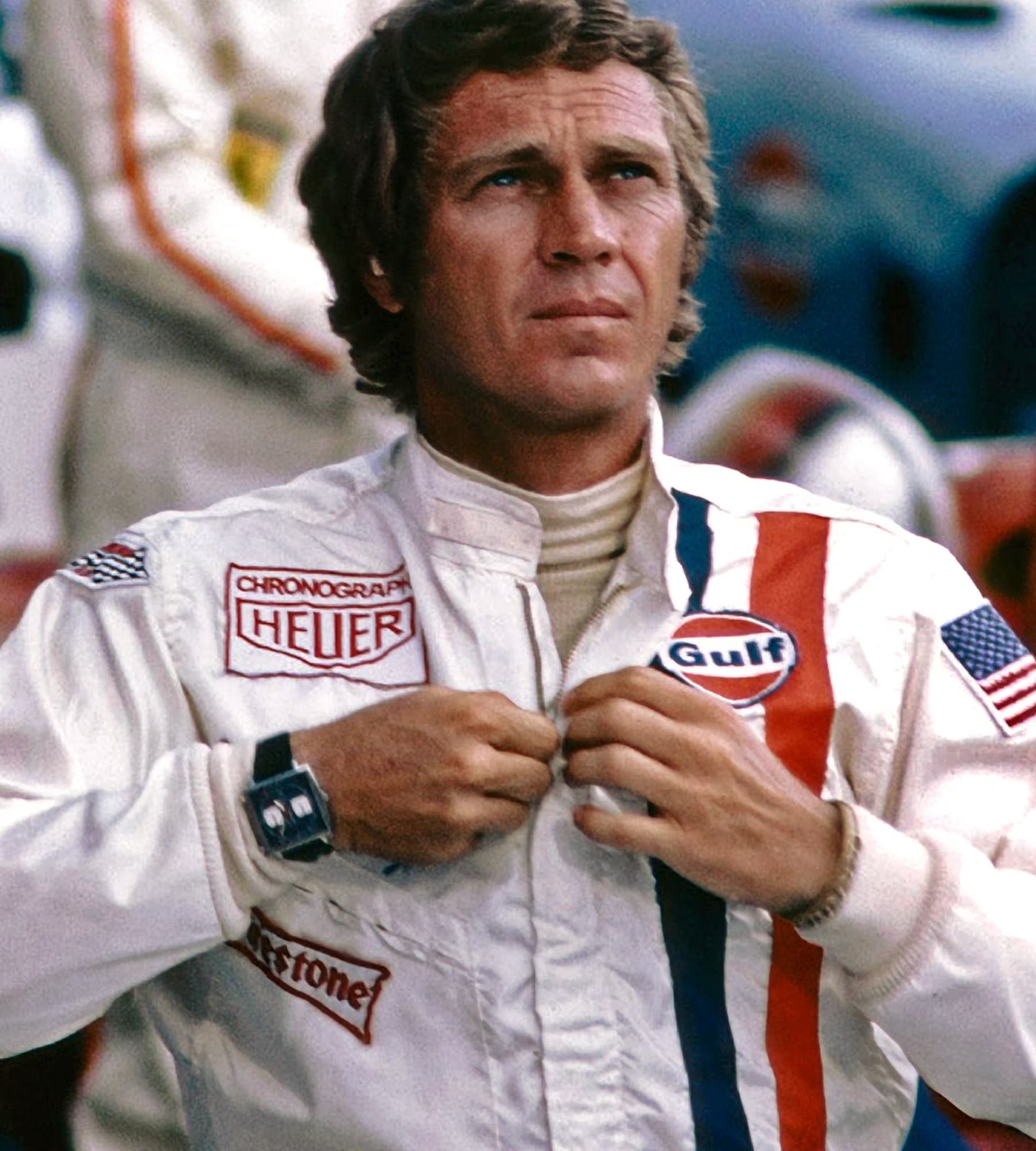
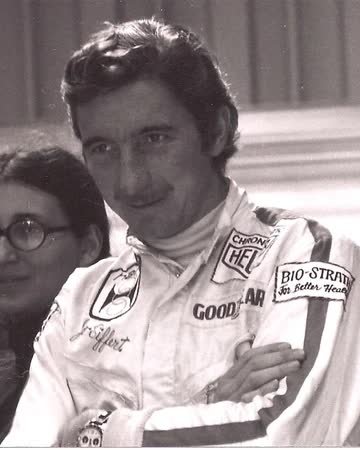
Ending an era
The introduction of battery powered watches in the 1970’s ended the relevance of mechanical watches for tooling purposes. A new technology that was far superior for accurate timing ending an era. The era of mechanical time measuring.
Do you own a racing related watch?
I would like to get in contact with you!
External links
Online source on everything Heuer: http://www.onthedash.com/
Photography by The Cahier Archive: https://www.f1-photo.com/



